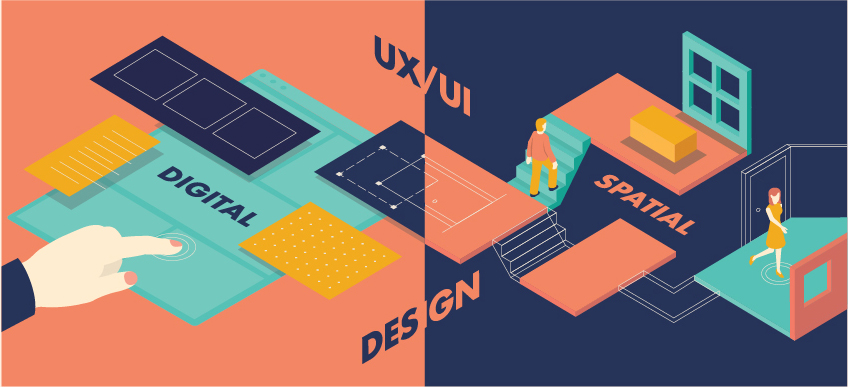
Niki
DesignerIt’s been (just!) over 5 years since I’ve graduated from University, and in a moment of self-reflection I’ve come up with a few words of wisdom which I hope those starting out in the industry, and those already on the career ladder might find useful.
1. Respect the constraints.
Design is art with constraints. There will always be time and budget constraints, client requirements, company requirements, limitations in technology, etc. But learn to see these as a challenge to embrace, as parameters to work within rather than restraints of creativity.
2. It’s not about the project; it’s about the client.
Some of the most exciting projects I’ve worked on haven’t sounded that exciting on paper to begin with. It’s not what the project is that makes it exciting; it’s the people driving it. Projects led by clients who will push you and trust you, and who drive their project with enthusiasm throughout tend to be the best projects to work on.
3. Check and check again. Then Triple check.
No matter how good the work is, one typo can completely change a person’s perception of your work. Attention to detail is everything in this game. Before any of your work is reviewed internally, double check your work. Actively try and find the mistakes in it. Before any of your work is sent to a client, make sure someone else checks it, and checks it properly. When you’ve been looking at it all day, it’s far harder to spot the mistakes yourself than it is for someone who looks at it with fresh eyes. So no matter what your experience or how inconsequential the task might seem, check and check again.
4. Always have a personal project on the go.
If you love designing, then having projects that you work on during spare evenings and weekends is probably something you’re already doing. Set yourself challenges, explore ideas that you didn’t get a chance to whilst at work. Keep track of everything you create on a blog – even if no one else sees it, publishing something gives you the feeling of completing a task. That way you can draw a line under it and move onto the next one. It’s also really satisfying browsing through your ideas and skills and seeing them develop.
5. Phase 2 rarely includes time to go back and tidy up, so make sure you’re happy with Phase 1.
‘Save it for Phase 2’ should be a phrase reserved for future project aspirations, not for things that we didn’t really like in Phase 1. Get it right in this phase, because having the opportunity to revisit projects to tidy them up almost never happens. Make sure that every feature of Phase 1 is well-considered and elegant. Know and respect its limitations.
6. Nothing is ever perfect, but that doesn’t mean you should stop aiming for perfection.
Be aware that the pursuit of perfection in digital is filled with dissatisfaction – a digital designer who claims to be a perfectionist is clearly disillusioned, or is constantly fighting a nervous breakdown. It’s an impossible battle when the number of browsers, screen sizes, operating systems, and devices available are constantly changing. So do aim for perfection, but pick your battles and be realistic about the project requirements and constraints.
7. Everyone messes up.
Everyone in your company has had a moment where a mistake they’ve made makes them feel like they want to crawl under their desk and hide. However bad the mistake, holding your hands up as early as possible and admitting it always proves to be the best option. People can relate to mistakes, but trying to cover them up or pretending they didn’t happen can have bigger, more significant impacts. Remember that digital is a fast-moving world, and things can turn around very quickly. Learn from your mistakes and move on.
8. Read everything.
Magazines, design books, blogs, etc. Besides providing inspiration, they can be fantastic at helping you to rationalise your thinking and justify your decisions.
9. Trust your instincts.
If it’s just not working, it probably won’t ever work. Move on with a different approach but the same concept in mind. Your idea may not have been completely mad; it may have even been genius but hidden by just the wrong techniques. Try and try again, no idea is a bad idea.
10. Tidy up.
Tidy up the layers in your design file. Tidy up files on a server. Apply version control to your files. Keep a tidy desk. All of these things you’ll learn to do eventually, but it’s so much better to get into a good habit early on, rather than learning it the hard way and having a chaotic file system, which even you cannot use.





